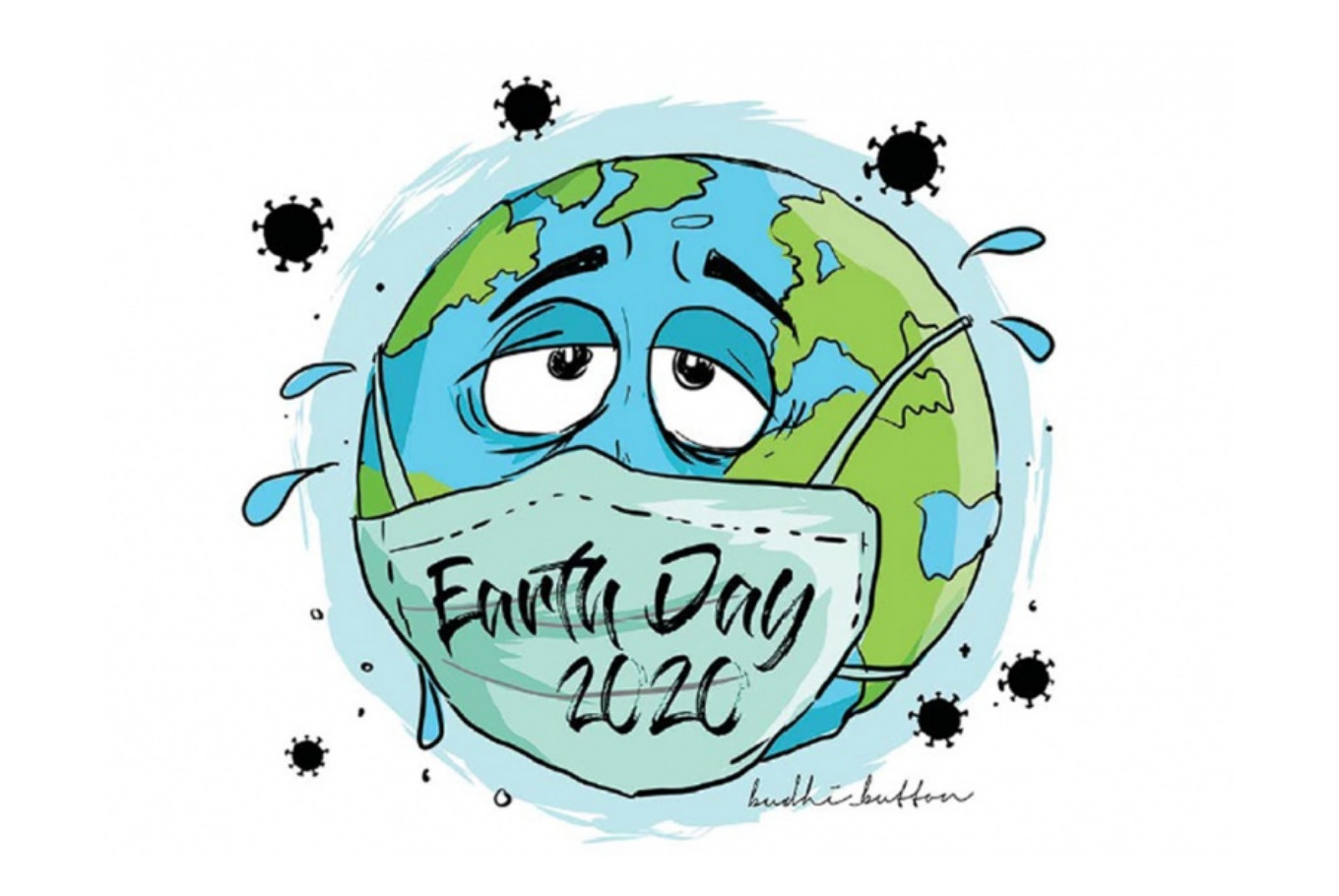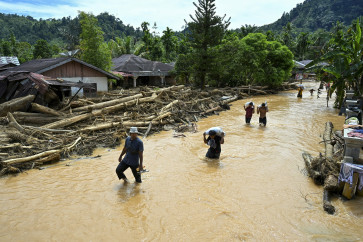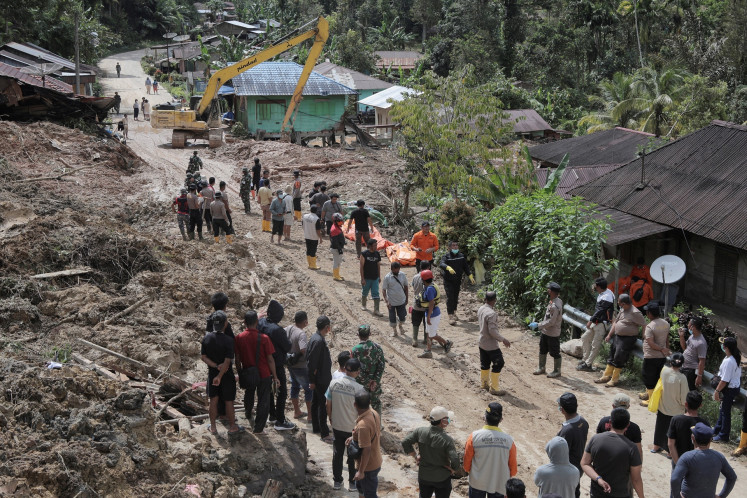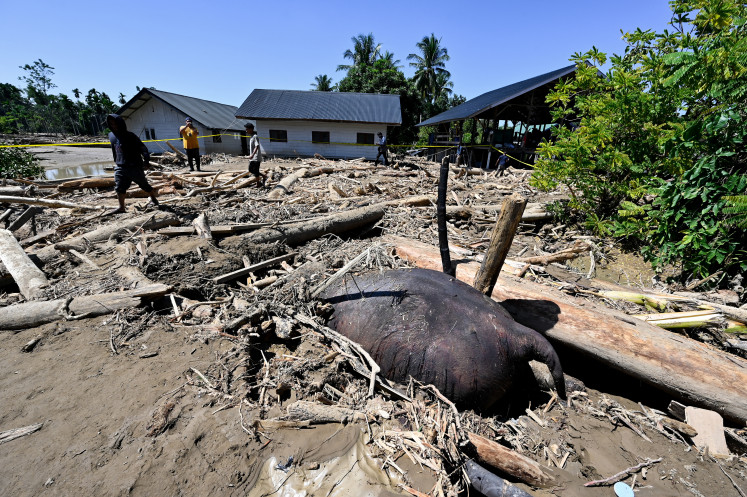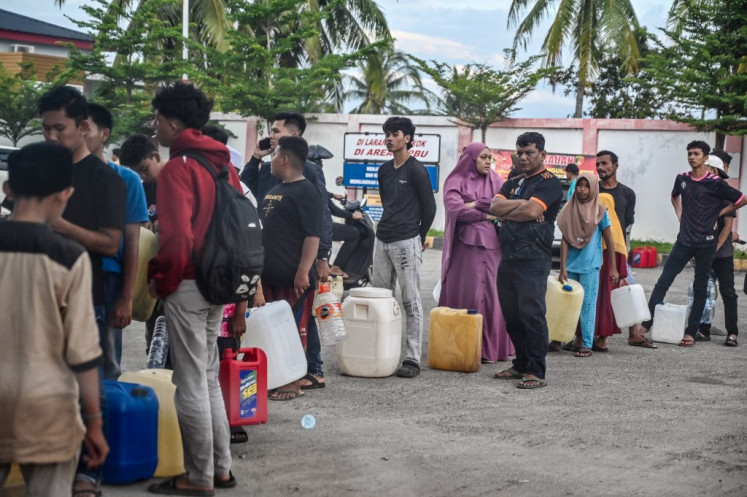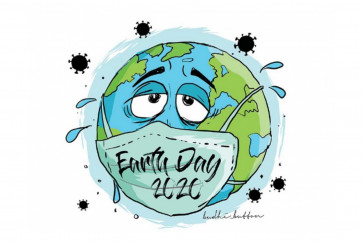Popular Reads
Top Results
Can't find what you're looking for?
View all search resultsPopular Reads
Top Results
Can't find what you're looking for?
View all search resultsInvestment, homeostasis and Earth’s continuity
Humans need to be made aware and constantly reminded that we are currently “borrowing” this planet from our children and grandchildren.
Change text size
Gift Premium Articles
to Anyone
I
f not controlled, the phenomenon of global environmental damage can be a sign that the apocalypse is drawing near. Environmental damage shifts the principle of homeostasis as a natural law into environmental inequality. It should be remembered that the impact of climate change because of global warming will be more terrible than the COVID-19 pandemic.
A higher Earth's temperature has the potential to alter the composition of the global atmosphere and natural climate variability. A series of associated environmental tragedies, such as melting glaciers (ice chunks) at the poles, will increase coastal erosion and coastal storm surges. According to scientists, the world's sea level will rise by about 70 meters. As a result, entire cities on the coast could be submerged.
And then there is the threat of a disruption to the global hydrological cycle, as a result of a rise in illegal logging, which has the potential to invite disasters such as landslides and floods during the rainy season. Also, the decline in the quality and quantity of clean water is ready to threaten crop failure due to drought.
The commemoration of Earth Day, with the theme Invest in Our Planet, serves as a reminder to humanity worldwide that as a global asset, planet Earth needs to be invested so that the dynamics of life processes can be maintained in homeostasis and sustainability. The critical reflective question in interpreting the theme of this Earth Day is, "What have we invested in this planet Earth?"
An honest answer to this question becomes a kind of concrete indicator regarding the quality of the carrying capacity and resilience of our environment. Environmental carrying capacity is the ability of the environment to provide optimal support for the continuity of life processes. Meanwhile, environmental resilience is the ability of the environment to recover; return to equilibrium after a disturbance.
Regarding environmental damage, human behavior remains the dominant factor. Along with the times, it seems that there has been a shift in understanding and perspective and wrong interpretation in translating and interpreting the nature of the universe. Earth and everything in it have been positioned as an object that can be exploited in the name of development — which is often an alibi to satisfy human desires that basically never know the sense of contentment and satisfaction.
Currently, no ecosystem area on Earth – land, water and air — is safe from pollution. Chapman et al (2007), in a book titled Bumi yang Terdesak (A cornered Earth), says that the human population has not only grown exponentially, but human lifestyles and consumption patterns have encouraged the emergence of technologies that are increasingly damaging to the environment, as well as the possibility of climate change due to human activities.

